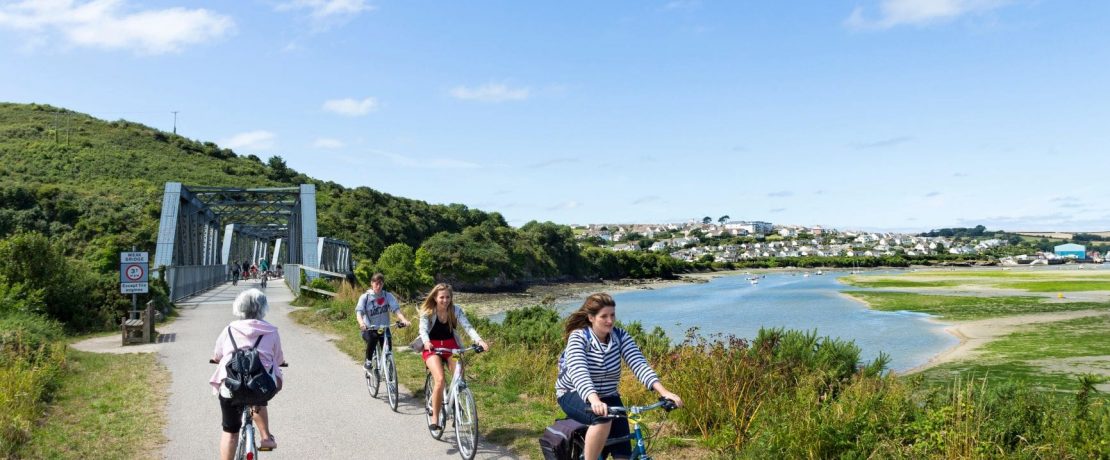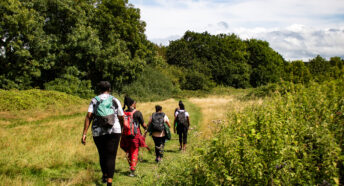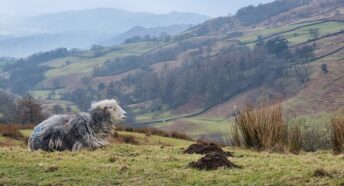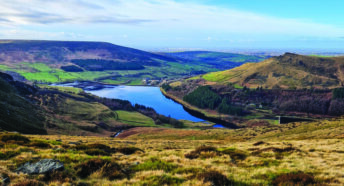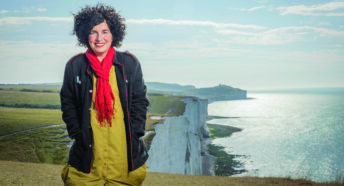Railways reinvented
Rail author and expert Julian Holland reveals how some of England’s lost railways are enjoying a new lease of life.
Contrary to popular myth, railway closures in England were not a new phenomenon when the Beeching Report was published in 1963. The dark economic clouds of the immediate post-war years of the late 1940s and the 1950s had already witnessed the closure of around 2,000 miles of rail routes around the country.
British Railways chairman Dr Beeching’s so-called ‘axe’ was just the coup de grâce for another 3,000 miles of deliberately run-down railways in an era of gleaming new motorways and a powerful road transport lobby. Exhortations by rail users’ groups to ‘Use it, or lose it’ fell on deaf ears.
Rail closures came thick and fast, with governments of both hues hurriedly implementing the recommendations of the controversial Beeching Report.
Lost lines
Happily, since those dark days, many of these ‘lost’ railways have found a new lease of life as footpaths and cycleways, giving enjoyment to walkers and cyclists in a peaceful, traffic-free environment. They also provide green wildlife corridors where butterflies, birds, small mammals and wildflowers flourish.
And there’s still much to discover about their illustrious past along the way: overgrown platforms; former platelayers’ huts; over- and under-road bridges; long tunnels; soaring viaducts; rusty girder bridges; old railway carriages masquerading as tea shops or B&B accommodation, and restored signal boxes, goods sheds and stations (many of them now private residences) all bring the lost railway journey back to life. And, of course, there’s also plenty of stunning scenery along the way.
Today, there are more than 70 lost railway routes in England that can be explored. The first to open was along the eight-mile route of the narrow-gauge Leek and Manifold Valley Light Railway between Waterhouses and Hulme End, which closed back in 1934. Threading between limestone hills, the trackbed was donated to Staffordshire County Council, which reopened it as a footpath and bridleway in 1937.
More recently, in 1986, the cycling charity Sustrans completed its very first traffic-free footpath and cycleway along the 15-mile trackbed of the ex-Midland Railway line between Bristol and Bath. Sustrans’ National Cycle Network now extends to more than 10,000 miles across the UK, much of it along the routes of lost railways.
Are you a jogger, dog walker, buggy pusher, cyclist, hiker or stroller? All are guaranteed to have a great time away from all the hustle and bustle of modern life while exploring England’s lost railways.
Six lines brought back to life
1. Camel Trail, Cornwall
Opened in 1899, the railway to Padstow was the final link in the London and South Western Railway’s 260-mile route from London Waterloo.
Though popular with holidaymakers, the line closed in 1967 and the trackbed was purchased by Cornwall County Council. It has since reopened as a footpath and cycleway known as the Camel Trail – so named after the River Camel, the estuary of which it follows between Padstow and Wadebridge. Beyond here, the trail heads up wooded valleys to Bodmin and Wenfordbridge.
2. Princetown Railway, Devon
The 10.5-mile Princetown Railway opened between Yelverton and Princetown in 1883. Climbing to 1,300 feet above sea level, the railway served granite quarries and Dartmoor Prison, but passenger traffic was light. It closed in 1956, and since then the trackbed between Dousland and Princetown has become a footpath that meanders up and around the Dartmoor contours.
With far-reaching views on a clear day, this remote but stunning lost railway is best reached from parking close to Burrator Reservoir or Princetown.
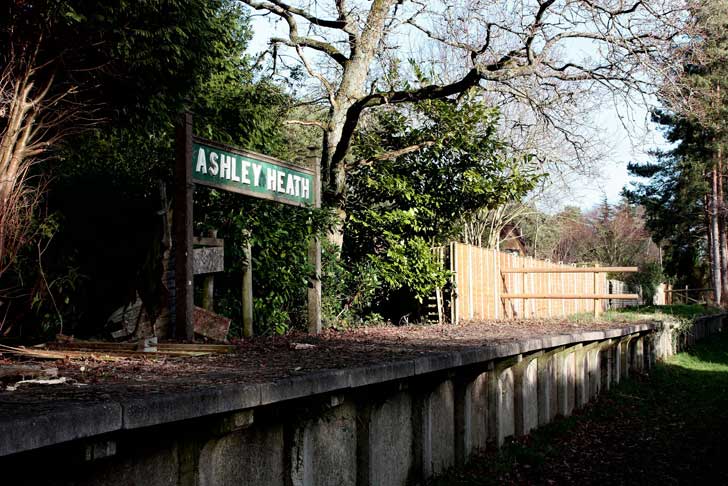
3. Castleman Trailway, Hampshire
Known as Castleman’s Corkscrew, after one of its promoters, this winding railway across the New Forest opened in 1847.
Following closure in 1964, the nine miles of trackbed across heathland between Brockenhurst and the outskirts of Ringwood became a footpath, while that between Ringwood and Upton Country Park, near Hamworthy, has been reopened as a 16.5-mile footpath and cycleway known as Castleman Trailway. A footpath and cycleway also links Upton with Poole along a former railway route.
4. Water Rail Way, Lincolnshire
Closely following the River Witham, the 31-mile railway between Lincoln and Boston opened in 1848. The Woodhall Junction to Boston section closed in 1963, followed by the Lincoln to Woodhall Junction stretch in 1970. In recent years, the trackbed has been reopened by Sustrans and the Lincolnshire Waterways Partnership as a 17.5-mile footpath and cycleway.
Known as the Water Rail Way, it runs from Lincoln to Woodhall Junction via Bardney, Southrey and Stixwould and from Langrick to Boston – the intermediate section follows quiet country roads.
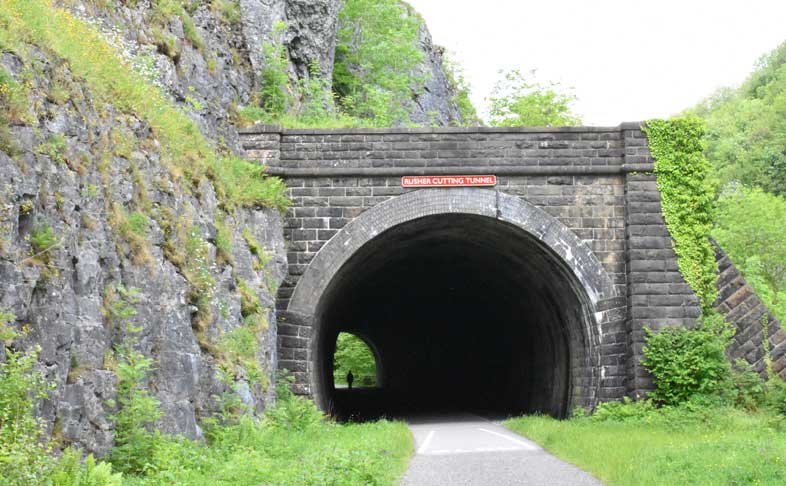
5. Monsal Trail, Derbyshire
Heavily engineered, the 20-mile railway from Matlock to Buxton opened through the Peak District in 1863. It became part of the Midland Railway’s route between London St Pancras and Manchester in 1867, but was closed in 1968. Since then, 8.5 miles of this highly scenic route through the Wye Valley from the south of Bakewell to Topley Pike, east of Buxton, has reopened as a footpath and cycleway known as the Monsal Trail.
Highlights along the route include four surviving tunnels and two viaducts.
6. Battersby to Rosedale, North Yorkshire
Opened in 1859 by the North Eastern Railway across moorland between Battersby Junction and iron-ore mines at Rosedale West, this 12.5-mile route never actually carried passengers. A branch from remote Blakey Junction to mines at Rosedale East was opened in 1865.
The railway closed in 1929 and the trackbed, including the steep Ingleby Incline (1,375 feet above sea level), has become a footpath, rewarding walkers with wide-reaching views across the North York Moors, along with glimpses of our industrial heritage.
This article, or a version of it, was originally published in CPRE’s award-winning magazine, Countryside Voices. You’ll have Countryside Voices sent to your door three times a year, as well as access to other benefits including discounts on attraction visits and countryside kit from major high street stores, when you join as a CPRE member. Join us now.
